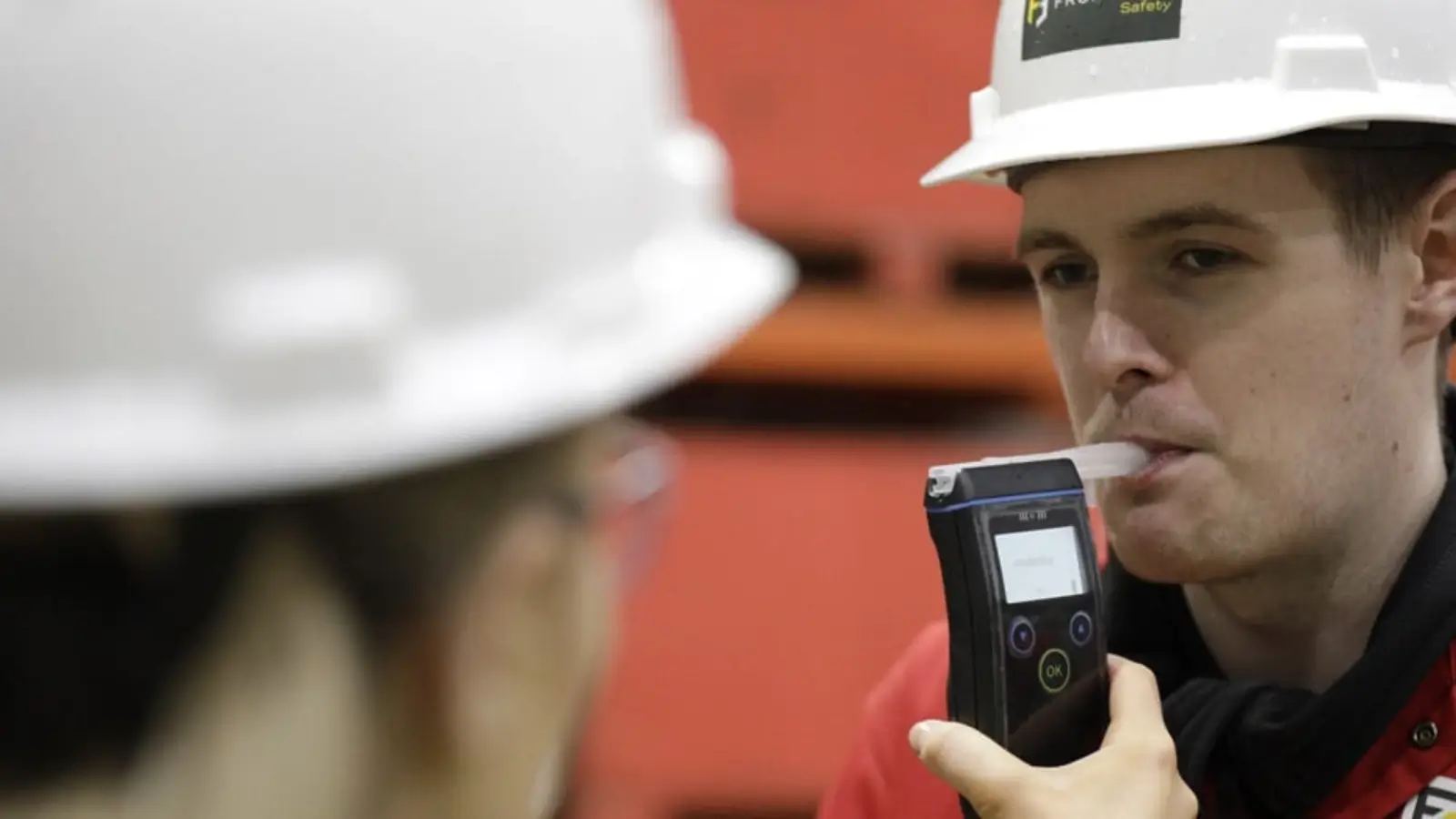


Maintaining a safe and compliant workplace is crucial in today's business environment. The introduction of tools such as the breathalyser represents a proactive approach to ensuring safety and adherence to regulations. Breathalysers are essential devices that measure blood alcohol concentration (BAC), and their relevance cannot be overstated in industries where safety is paramount.
Workplace safety is a foundational element for successful business operations. It not only protects employees from potential harm but also safeguards the company from financial and legal repercussions. Organisations across various sectors, particularly those involving machinery, driving, or hazardous materials, can benefit significantly from regular alcohol testing.
A breathalyser is an instrument used to estimate the BAC from a breath sample. Invented in the early 20th century, it has evolved into a crucial component of workplace safety measures. Modern breathalysers are user-friendly and provide quick and accurate results, making them ideal for on-site alcohol testing.
Many industries are governed by stringent regulations regarding alcohol consumption during work hours. Breathalysers assist in monitoring and enforcing these rules. They ensure employees comply with safety protocols, thereby reducing the risk of accidents and maintaining the company’s compliance status.
Alcohol impairment is a significant risk factor for workplace accidents. By implementing regular alcohol testing using breathalysers, organisations can identify potential hazards before they result in incidents. This proactive approach not only protects employees but also enhances overall productivity.
Besides enhancing safety, the use of breathalysers in the workplace positively influences productivity. Employees are likely to perform better when they work in a safe environment. Furthermore, the assurance that safety measures are in place improves morale, which can lead to increased efficiency and reduced absenteeism.
Breathalyser technology has come a long way since its inception. Modern devices employ sophisticated sensors and algorithms to accurately measure BAC levels. They are easy to use and provide results within seconds, making them suitable for both small and large organisations.
Choosing the appropriate breathalyser depends on several factors, including the size of the workforce and the industry requirements. Companies should consider devices that offer quick feedback, durability, and ease of use. It is also essential to ensure that the devices are properly calibrated and maintained for accurate results.
To implement a successful breathalyser programme, companies should establish clear policies regarding alcohol testing. This includes determining the frequency of testing and the consequences of non-compliance. Employee education and training sessions about the importance of such testing can enhance the programme’s effectiveness.
While implementing a breathalyser programme, legal considerations must be taken into account. It is important to respect employee privacy and adhere to any legal restrictions regarding alcohol testing. Employers should consult legal advisors to ensure that their policies comply with current laws and regulations.
In addition to enforcing alcohol testing, organisations should provide support systems for employees. This could include counselling services or referral programs aimed at helping employees with alcohol-related issues. By doing so, companies demonstrate a commitment to employee well-being.
Management plays a critical role in the successful implementation of a breathalyser programme. Leadership should not only enforce policies but also encourage a culture of safety and support. By leading by example, management can motivate employees to adhere to safety protocols.
As technology continues to advance, the application of breathalysers in the workplace will likely expand. Innovations may include more compact devices, improved accuracy, and integration with digital platforms for seamless monitoring and reporting. Companies that adopt these changes early will be well-equipped to maintain safety standards.
The integration of breathalysers into the workplace is a strategic move towards enhancing safety and compliance. By adopting this technology, organisations protect their workforce, ensure compliance with regulations, and promote a proactive safety culture. As industries continue to evolve, the importance of such tools in maintaining a secure work environment will only increase.